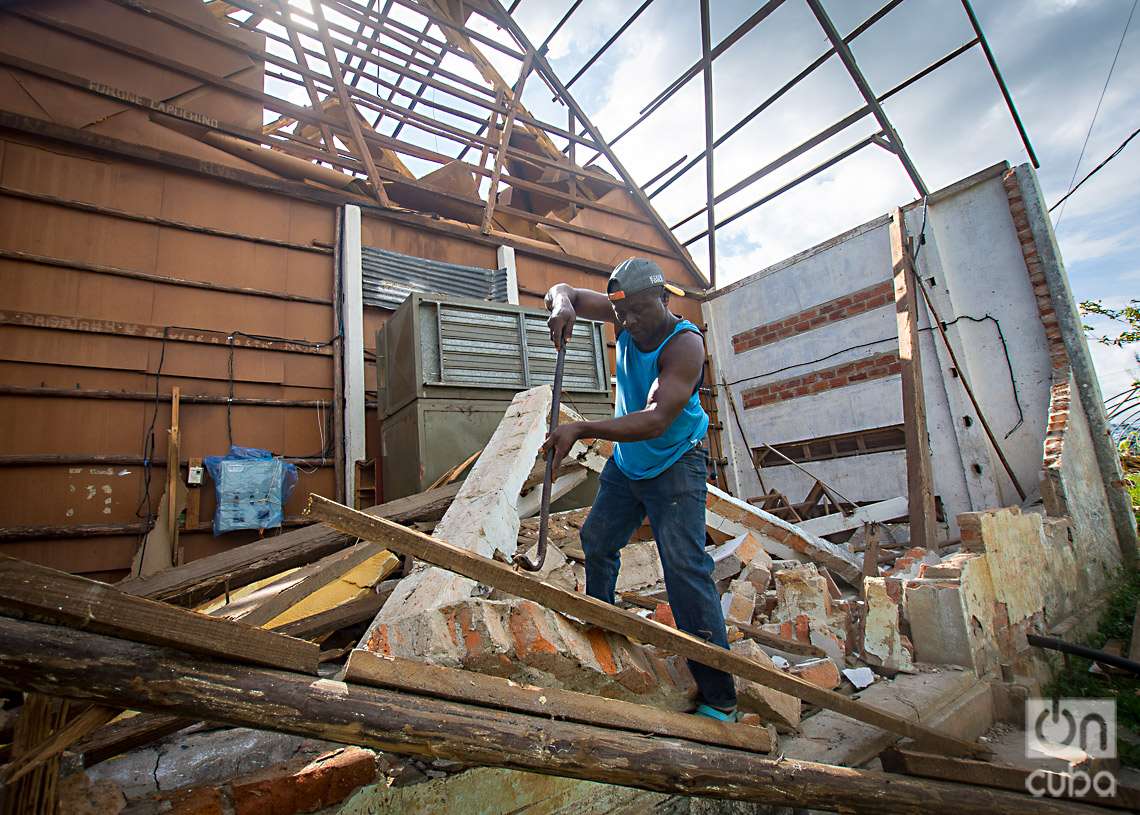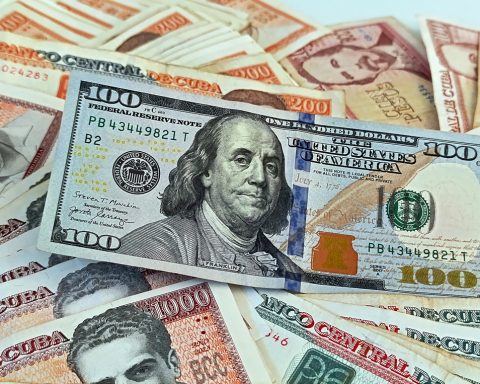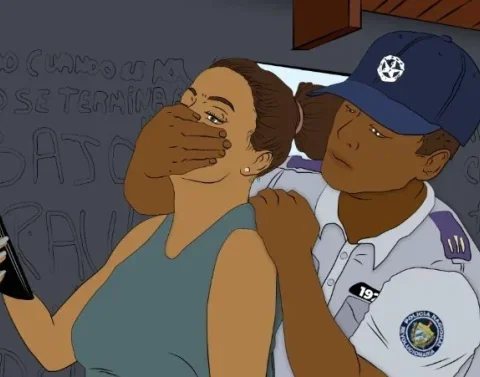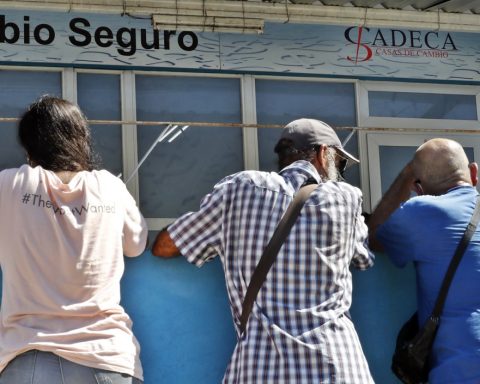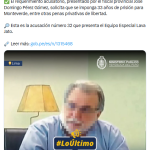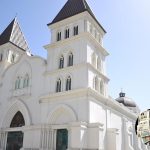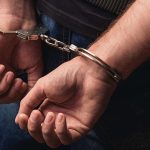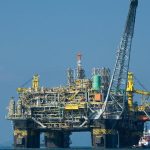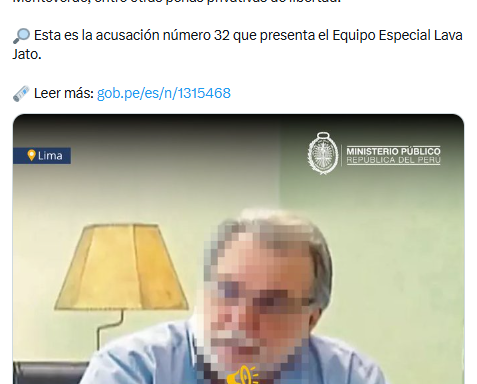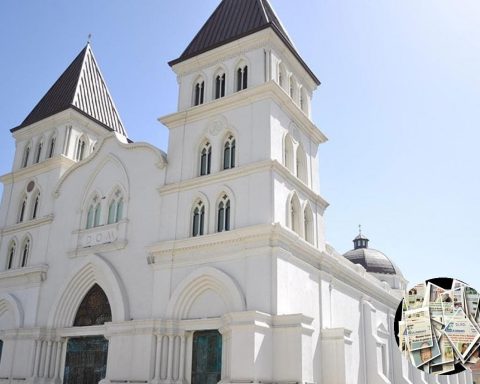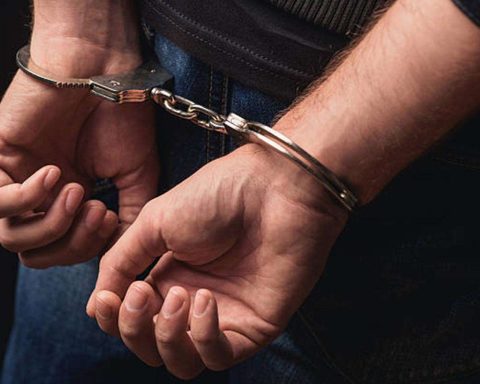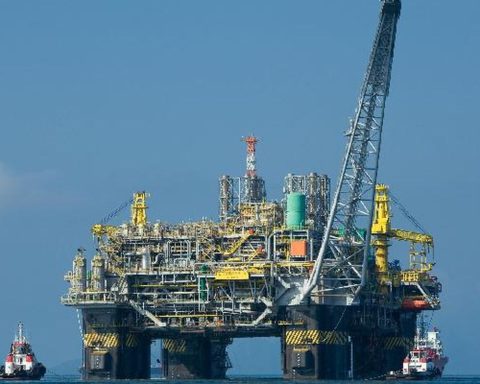Between the fishing village of La Coloma and the city of Pinewood of the river there are only about 25 kilometers. Going through them these days, almost three weeks after the disastrous passage of the Hurricane Ianallows you to discover first-hand the terrible wounds left there by the most powerful cyclone in memory in the area in many years.
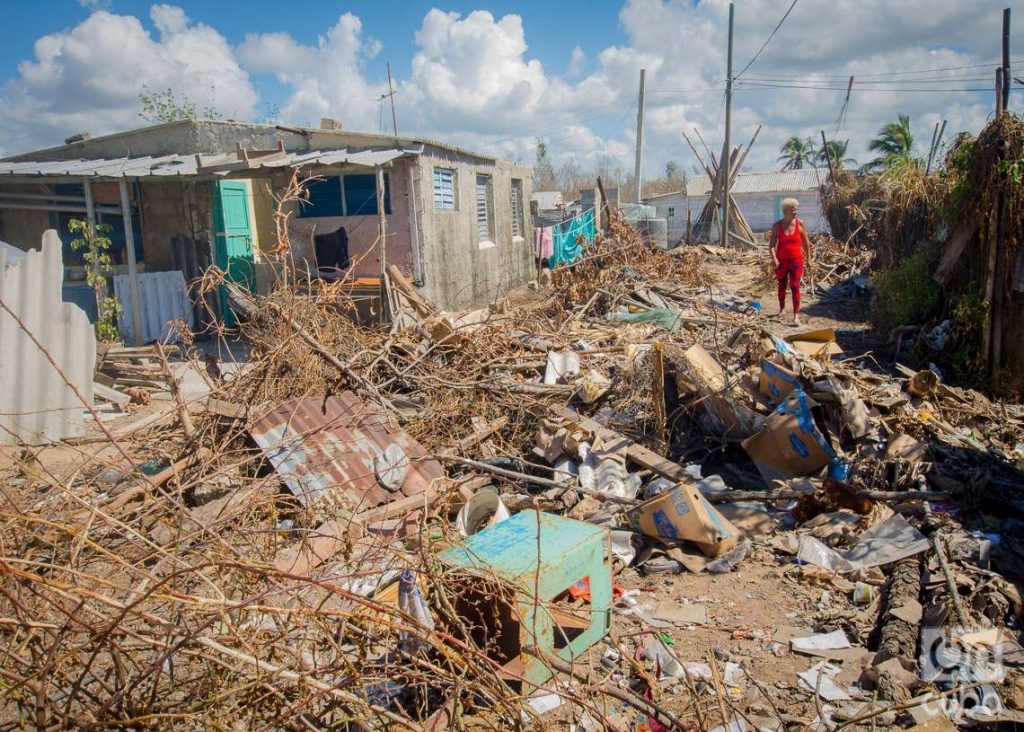


Ian made landfall in Cuba precisely through La Coloma. It did so as a powerful category 3 hurricane, with winds above 200 kilometers per hour. The combination of these with the rain and the strong floods due to the entrance of the sea, even in high places, not only left a terrifying dawn – that of September 27 – in the memory of its inhabitants, but also enormous devastation.
Although many evacuated, mainly from schools and relatives’ houses, others lived through the cyclone in their own homes and witnessed minute by minute the colossal destruction. Not only in the fishing community, where some 7,000 people live, but also in other nearby towns, in settlements located in the area and on the way to the provincial capital, many claim to have lost “everything” or “almost everything” because of Ian.
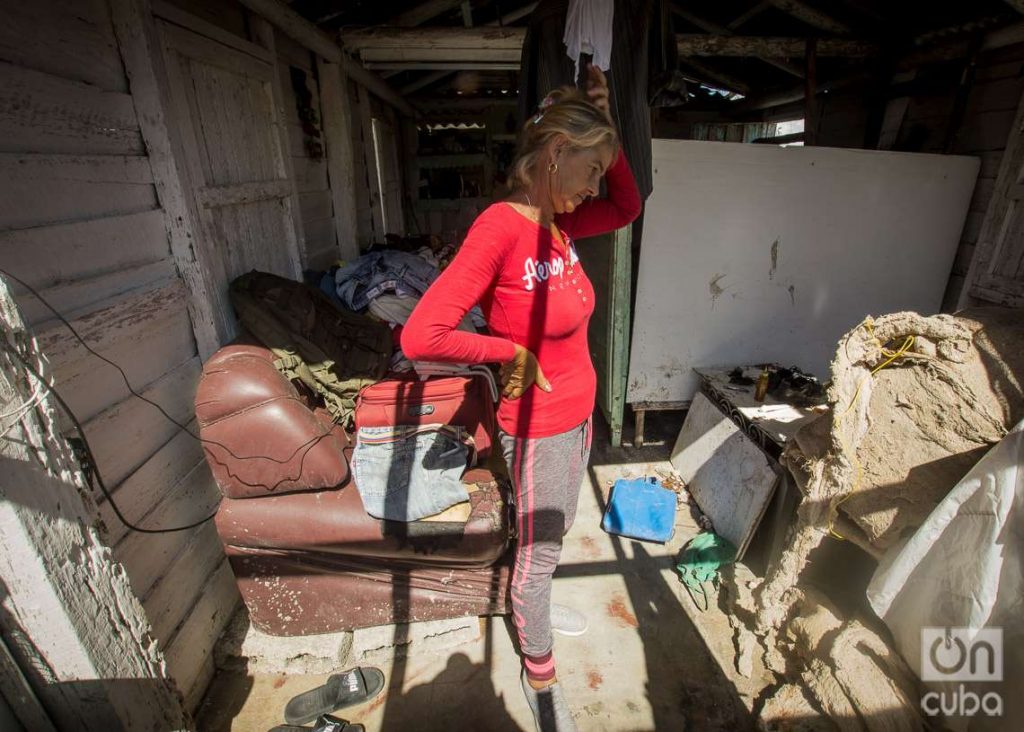


It is not difficult to verify the veracity of his words. Houses without roofs, without walls, pieces of tiles and debris everywhere, wet mattresses and sheets in the air, household equipment and furniture that dry in the sun, electric poles and tree debris on the ground, are still part of the daily landscape of the place. .
It is certainly not an exclusive landscape of La Coloma, where state facilities were also damaged, such as the Combined Pesquero Industrial, which is responsible for capturing and processing valuable species such as lobster, snapper and bonito. Hurricane Ian viciously hit much of Pinar del Río, including its main city, the tobacco municipalities of San Luis and San Juan y Martínez, and the tourist area of Viñales.
The Pinar del Río authorities calculate that around 100,000 homes have been affected, as well as large losses in agriculture —with tobacco being one of the hardest-hit crops— and other sectors. Until this Saturday, only about 50% of the electricity service was recovered in the province, with the most damaged territories below that figure, and places like La Coloma powered only part of the day by generator sets.

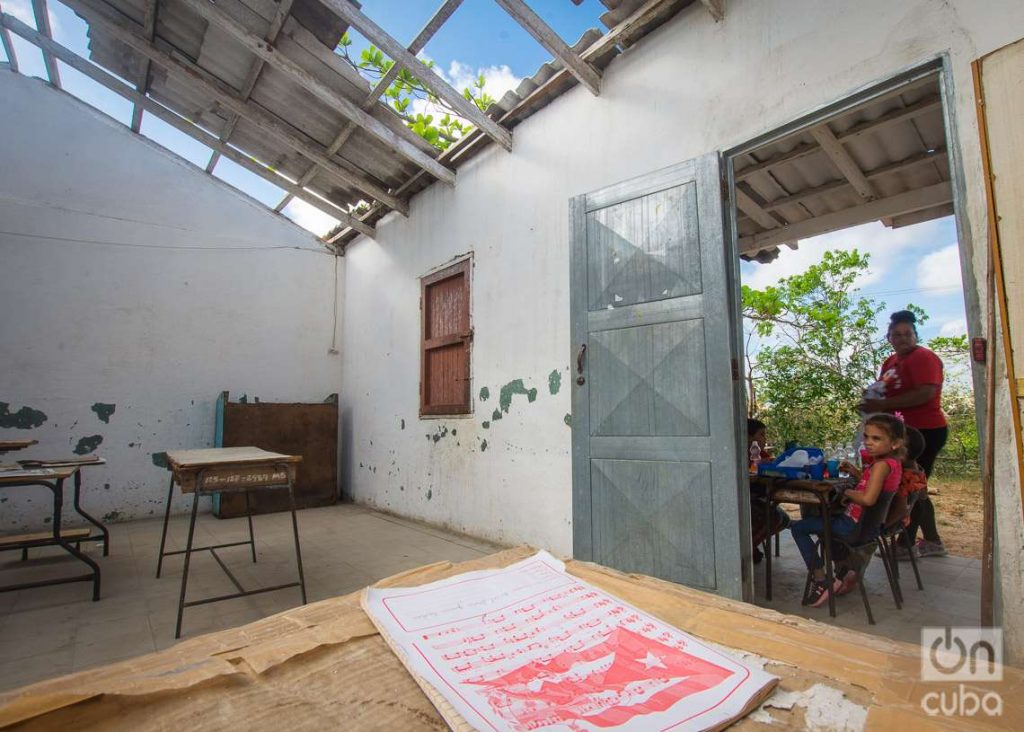
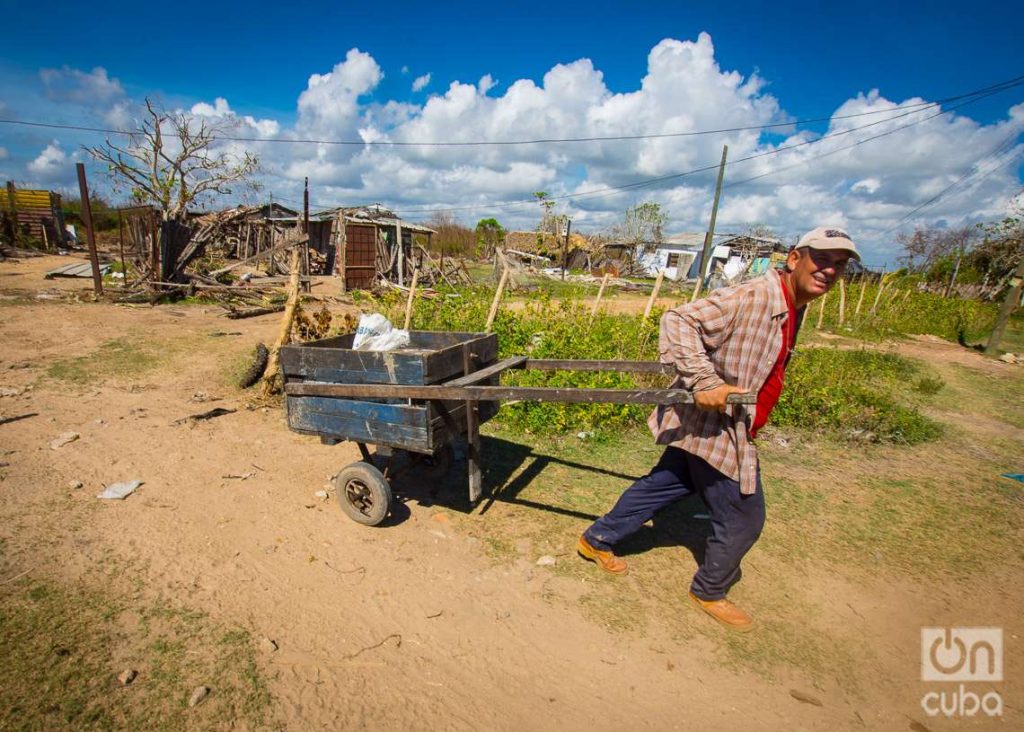
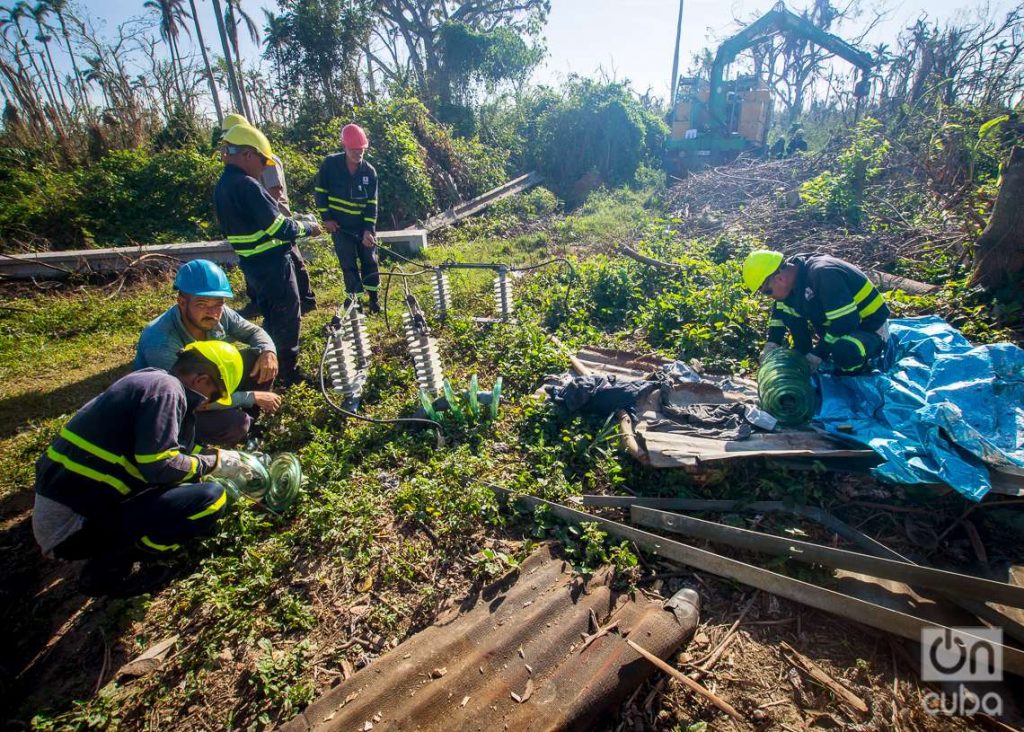
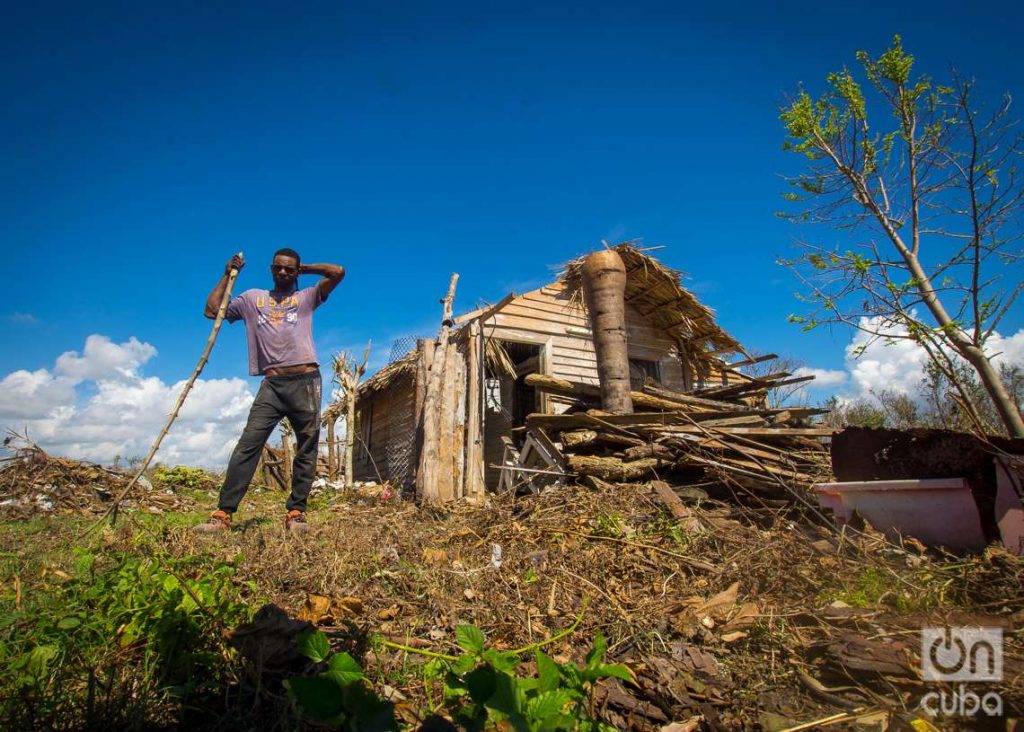
In the midst of the severe economic crisis that the Island is going through, the Cuban government has concentrated its efforts and resources in Pinar del Río. Numerous brigades of electrical workers from all over the country have been sent there, after having resolved the problems in the rest of the affected provinces, such as Havana and Artemisa, while forces from other state sectors, volunteer groups and private entrepreneurs have joined also to other recovery tasks and the delivery of donations, together with the people of Pinar del Río.

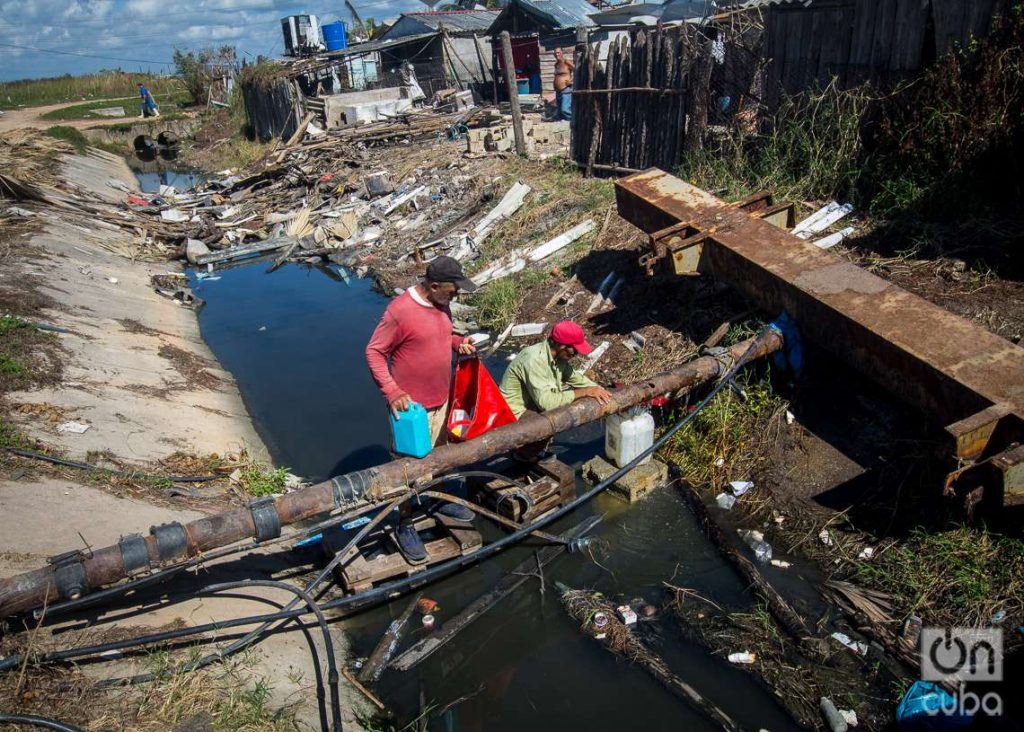
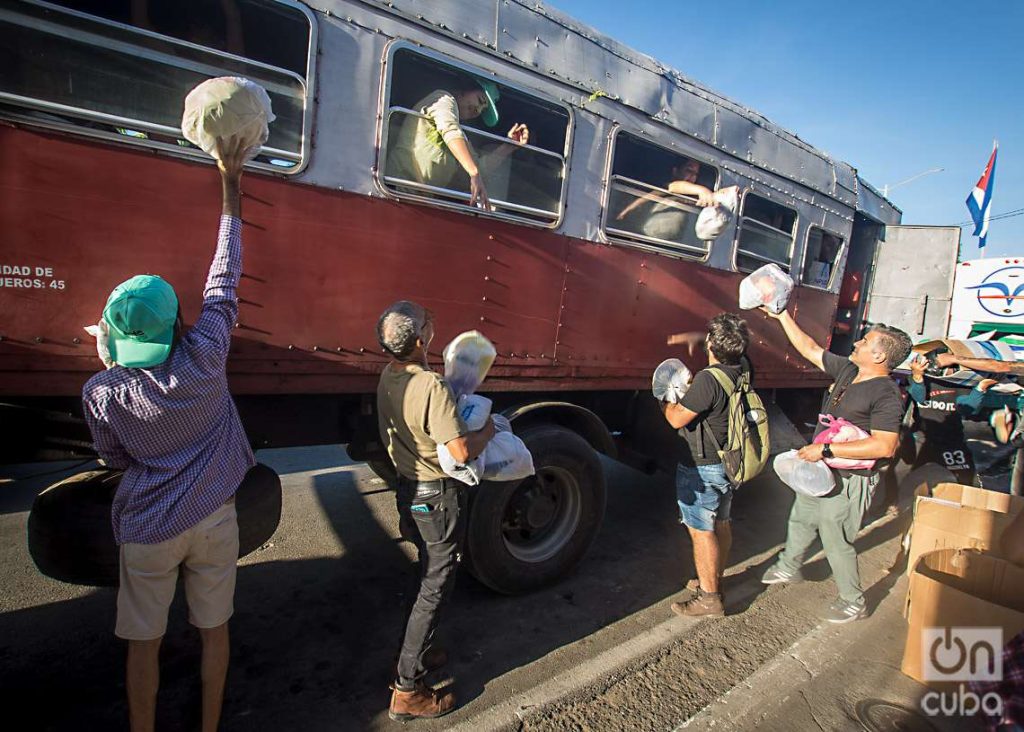
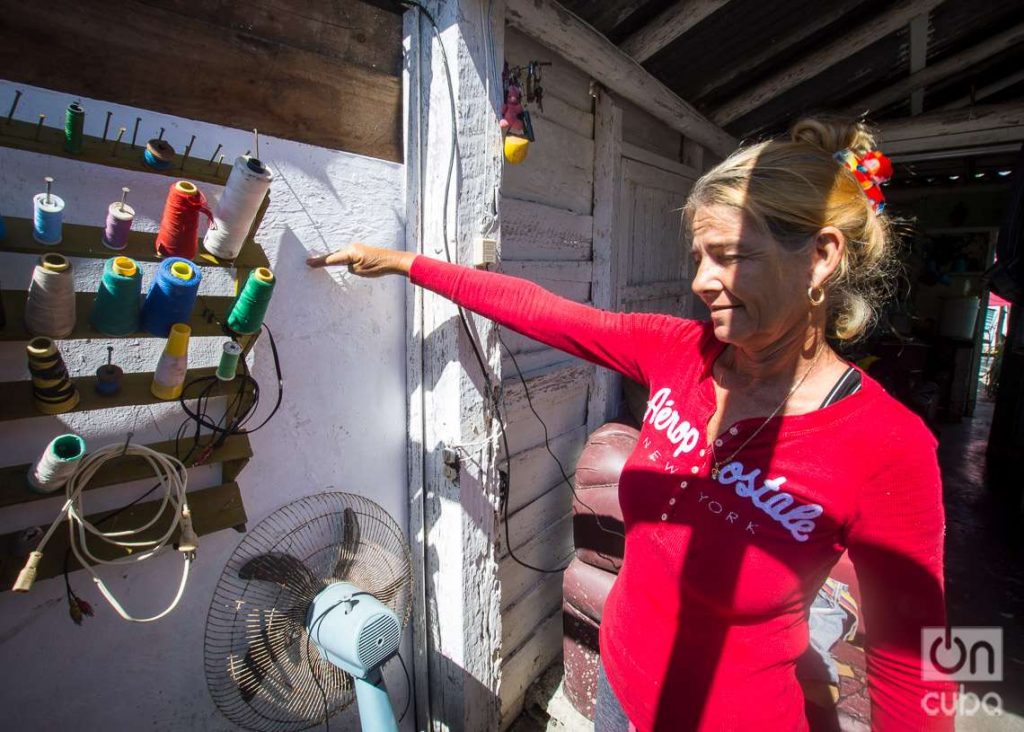

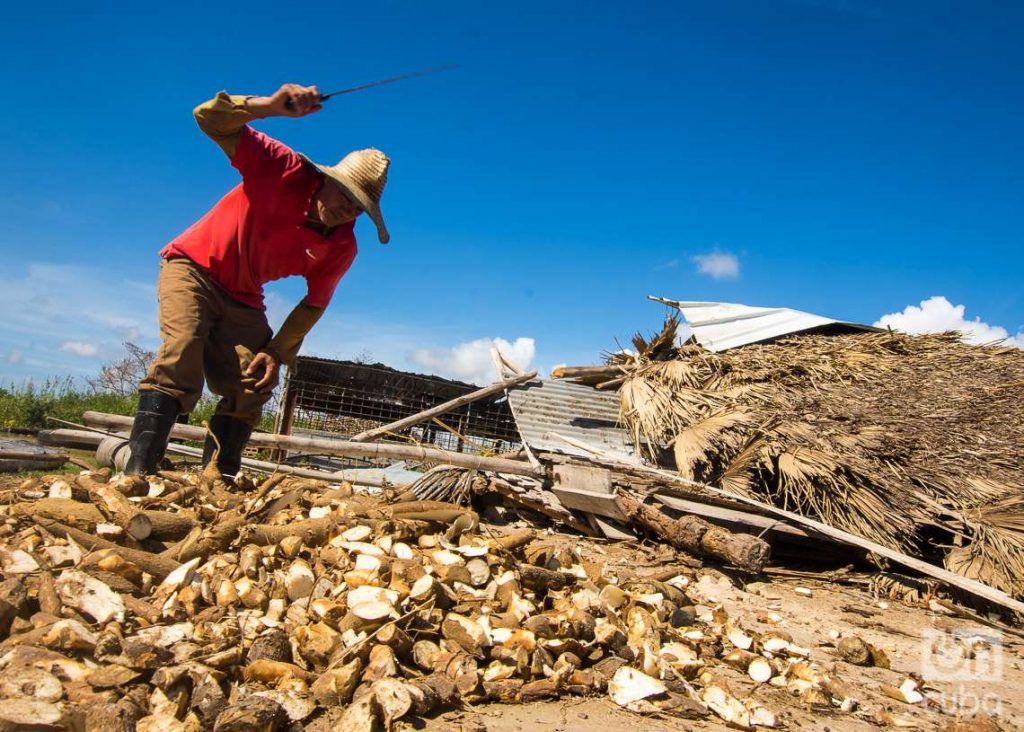

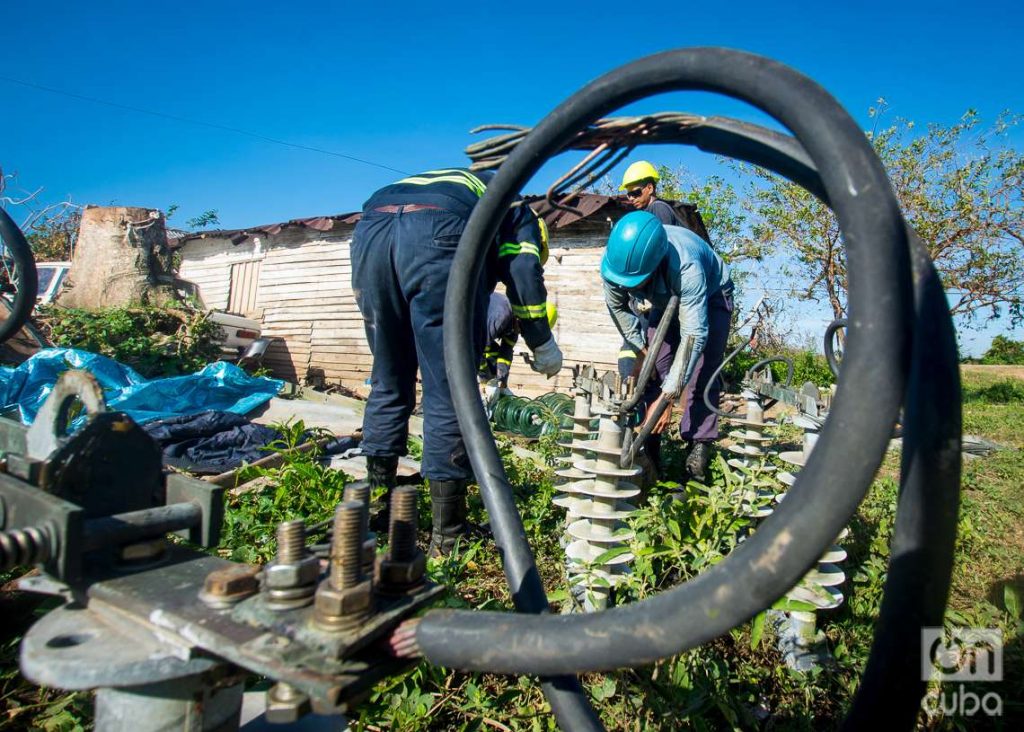
But with so much accumulated destruction, there is still much to be done, many pains and concerns to be healed. About twenty days after Ian hit, and even with what has already been done, it seems clear that the recovery will be slow, and even more so if the problems and debts prior to the hurricane are taken into account. This means that some are dissatisfied and skeptical with the response of the State and the government promises, while others declare that they are aware that “as things are, there is no other choice but to work with what is there”.
That is why in La Coloma and its surroundings there is work underway, by state brigades, but also by neighbors who are determined to clean and fix their own, to get ahead as well as possible, to go on with life despite the tragedy that He changed his existence suddenly on that fateful morning. Ian’s dire footprints will remain there for a long time, but, despite the indelible trauma, the promised help and the solidarity of so many, getting up is an urgent need for the men and women of that land, a vital impulse.
